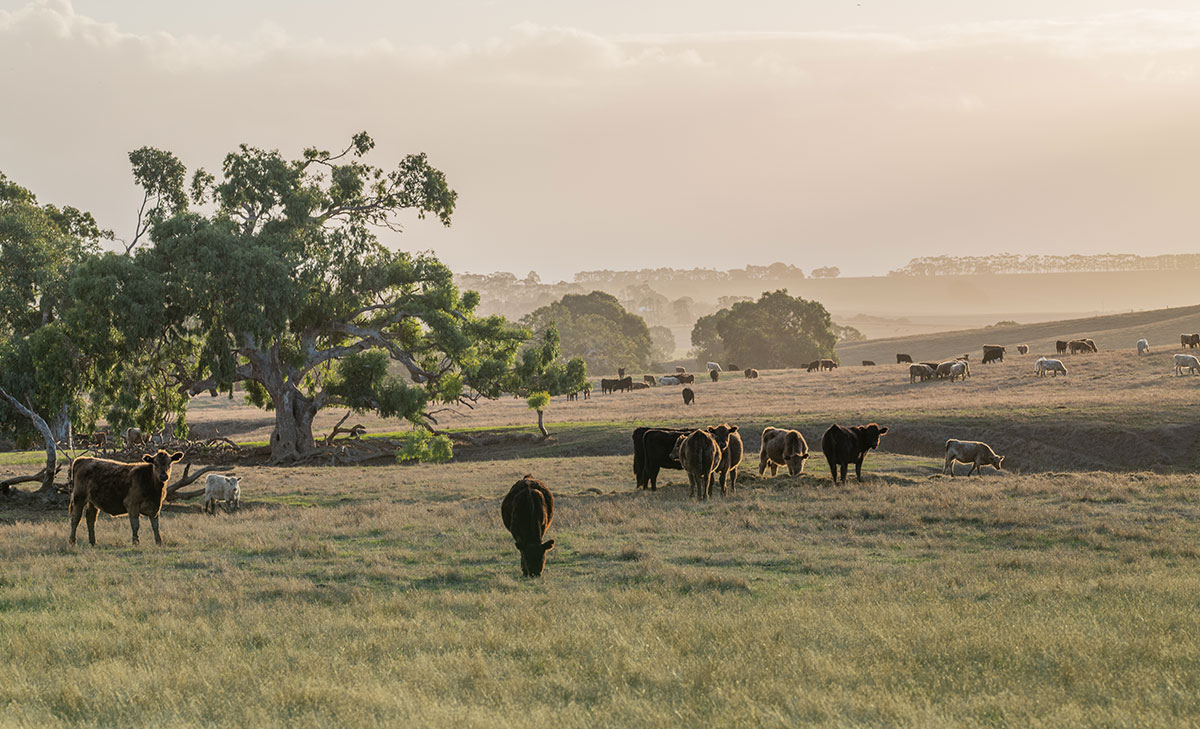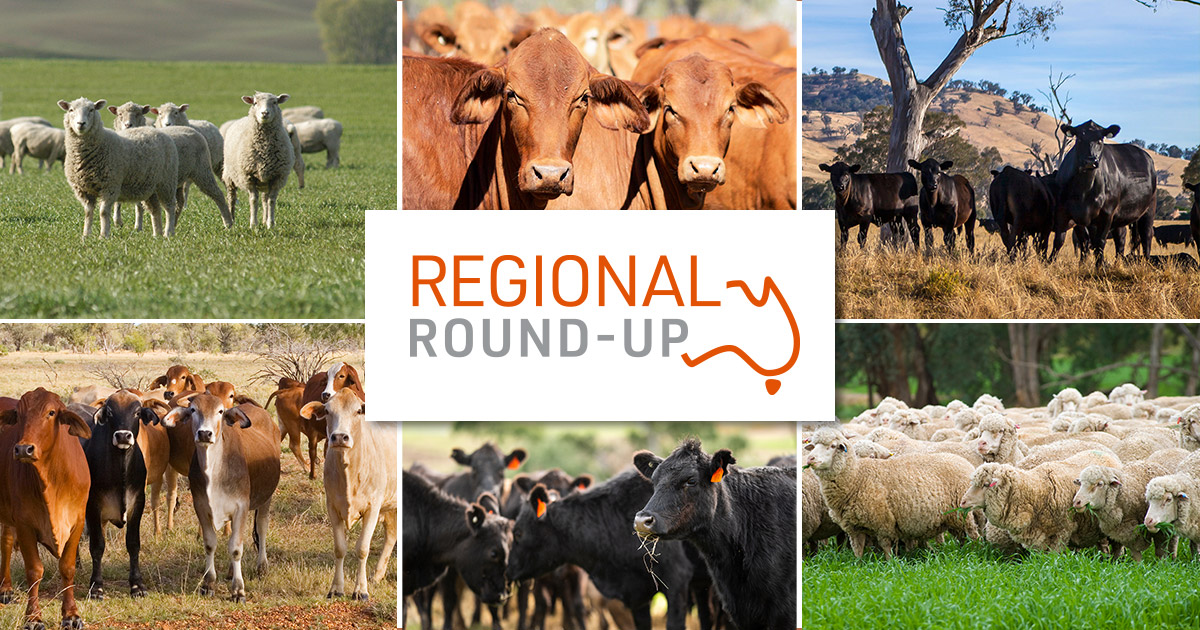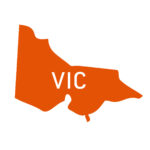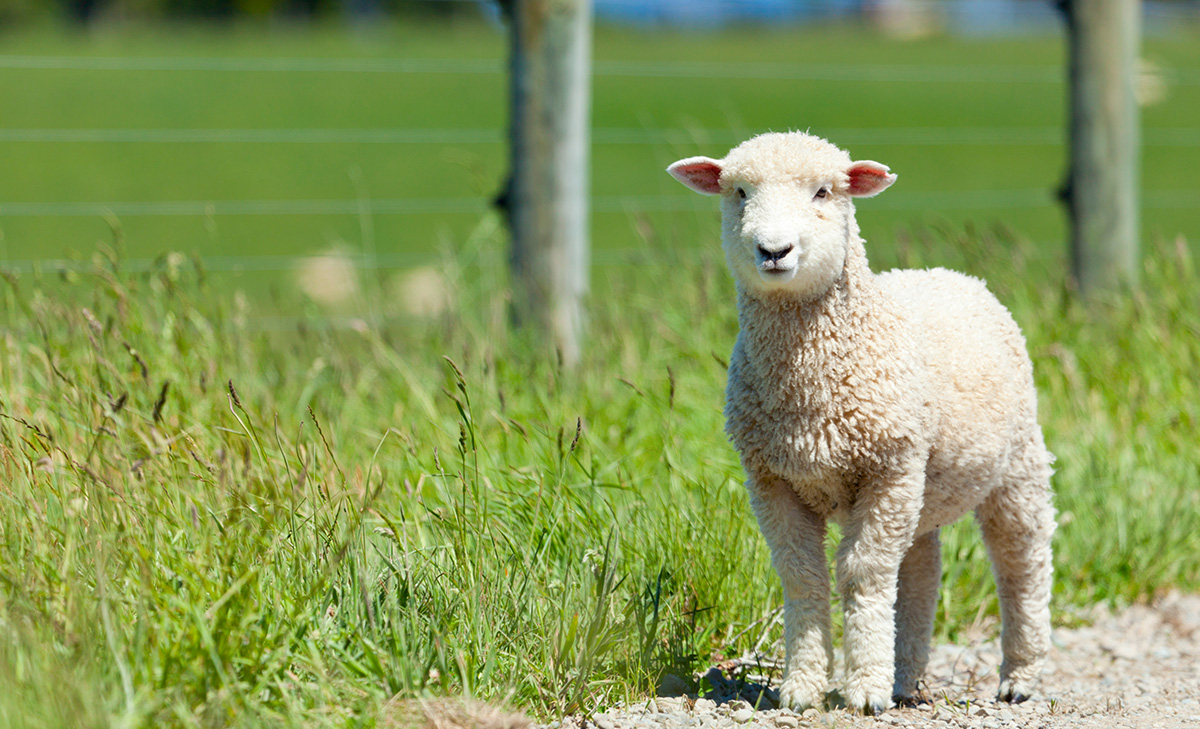Victoria, and the wider country in general, is currently experiencing a boom in rural property values.
Favourable conditions for both livestock and grains across most production regions has contributed to increasing prices for agricultural land. Good seasons accompanied by good prices tend to be a rare occurrence in agriculture, but for now it appears the stars are aligned for producers.
2020, generally speaking, was a good year in terms of domestic agriculture. Winter crop yields were good and prices held, thanks to demand for grain from other parts of the world. Throughout the first year of the COVID pandemic, the Australian agricultural industry managed to stay strong – demonstrating supply chain resilience in the face of disruptions to both demand and supply elsewhere in the world. Overseas demand for grain, lamb and beef exports kept prices high, with Australian produce able to fill some of the gaps created through disruption to other supply chains. This situation has led to an increase in confidence locally, and over the last six months lamb prices have gone through the roof – in some areas, almost doubling on a per-acre return basis.
All of this growth is great news if you’re thinking about selling your farm – you’re selling into a hot market. However, for younger farmers starting out – and even mid-level farmers who are already somewhat established – these high land-prices are limiting their ability to expand and grow their business. Even if they’re able to access the capital required to make a property purchase, the challenge of sourcing sufficient working capital to operate still remains. For new entrants or expanding livestock producers, StockCo can assist as a source of funding for your herd or flock.
StockCo’s approach to providing finance is different to conventional agricultural lending. Often, producers find themselves financially constrained due to insufficient equity in real estate to access additional funding. StockCo finance is secured by the livestock itself, which for many producers means access to the funding they need to expand their operation, without impacting their relationship or leverage with their existing farm financier. This innovative approach allows StockCo facilities to sit alongside other finance arrangements, whilst providing valuable capital to grow productive capacity.







